The magic mushrooms of ceramic artist Jos Devriendt offer a sculptural trip
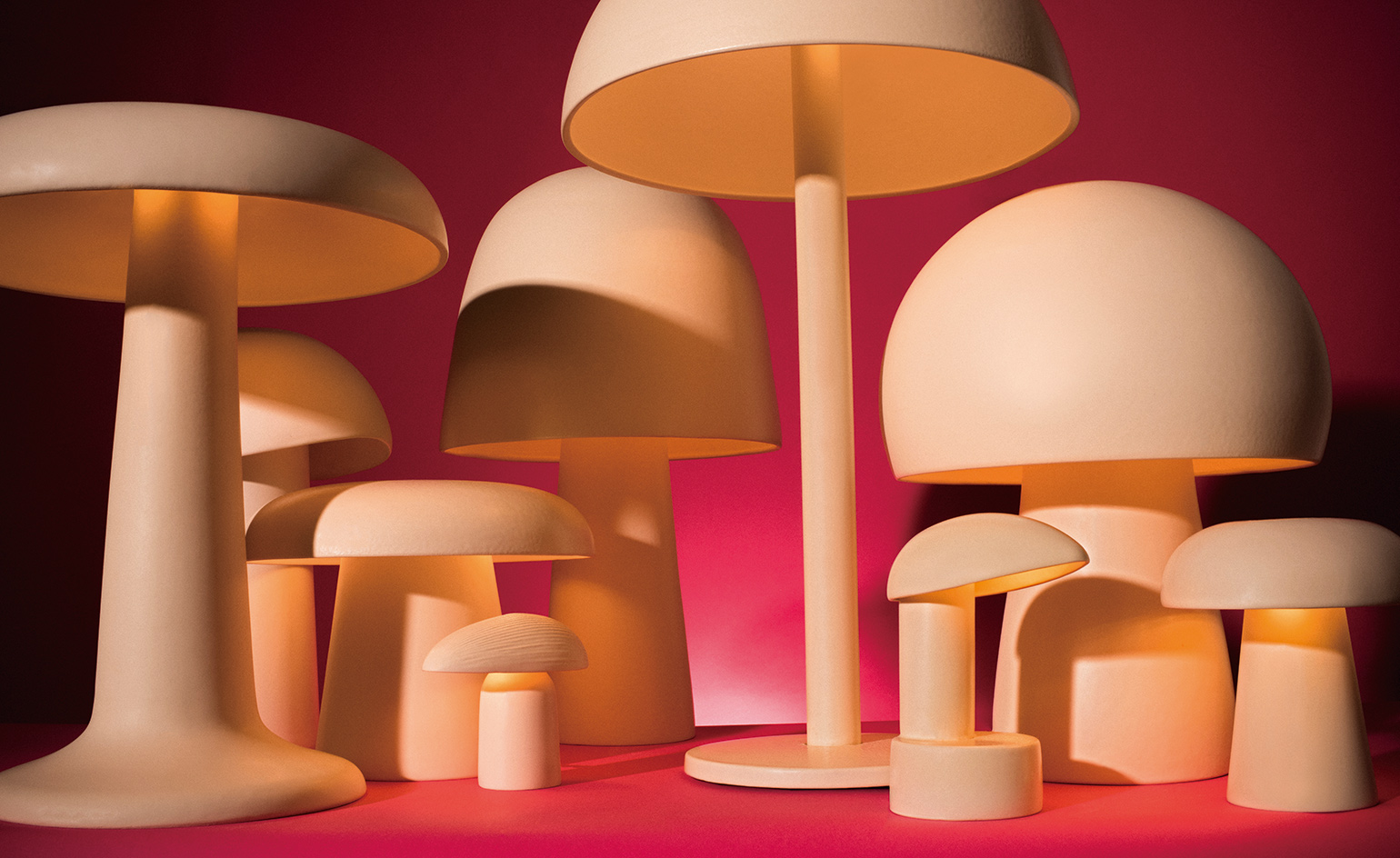
Michael Reynolds - US Director
Belgian ceramicist Jos Devriendt recently staged his debut New York solo exhibition at Demisch Danant gallery, a survey of his 20-something years of exploration into what he calls ‘functional sculptures’. The show took in 90 uniquely handcrafted porcelain lamps, vessels and other objects.
The most striking pieces, part of an ongoing series, Night and Day, were a collection of mushroom-shaped lamps. Their shapes, he says, are a concept that came about over time. ‘People who are interested in sculptures don’t make a point of looking at them at night, but I think it is important because you only have ten hours’ light and the rest is darkness. It’s not just about giving light, but about the idea that a sculpture can also have a life at night.’
During the day, each of the porcelain lamps is ‘lit’ by sunlight that filters through the delicate material; at night, when the electricity is switched on and the glow comes from within, the sculptures appear transformed. When the appropriate form is found, Devriendt then experiments with different colours. ‘Abstract painters use colours to give meaning to their work; I do this in a three-dimensional way,’ he says.
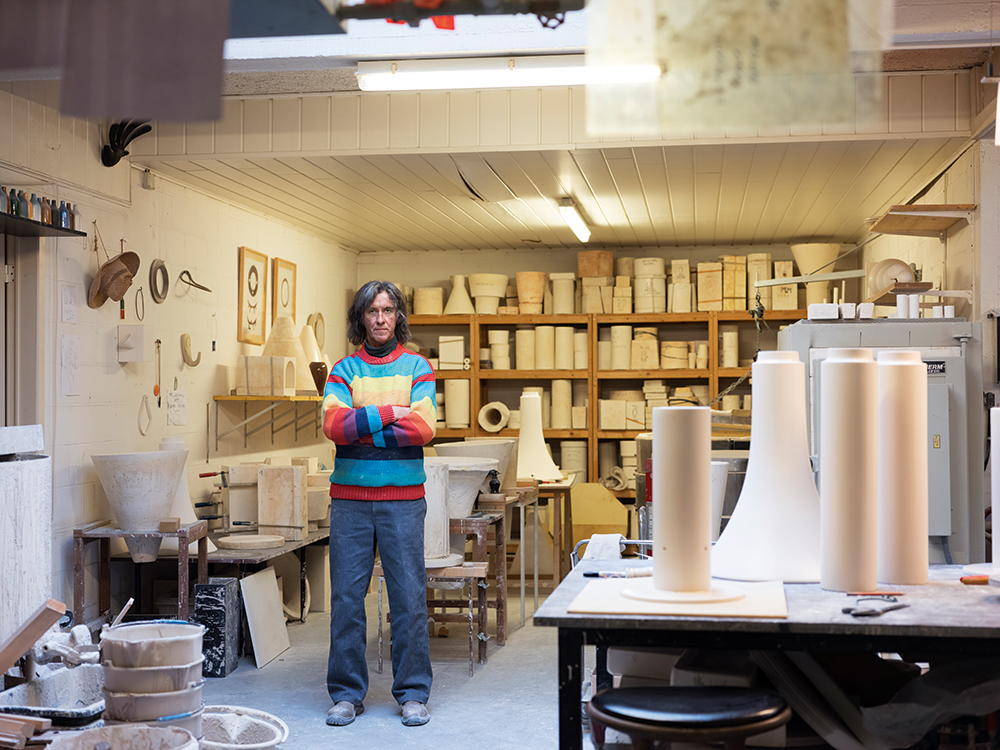
Devriendt in his Ghent studio with works in progress ahead of his most recent exhibition, in Brussels.
The Ostend-born artist initially studied painting but quickly switched to ceramics, at the LUCA School of Arts in Ghent. ‘It’s not like I had a plan to be a ceramic artist,’ says Devriendt, and he admits that it took him a while to get to creative grips with the potential of clay.
Two years ago, he began driving to his home town at the weekend, painting and documenting its ever-changing horizon. Using the subtle colours of the North Sea and the sky as they appeared in his paintings, he experimented with different ways of glazing to realise the concept on three-dimensional ceramic objects. The resulting collection, Space Horizon, presented by Brussels’ Pierre Marie Giraud gallery in February this year, comprises lamps and plates, each of which has a horizon line and mimics nature’s shifting palette.
‘The transparent luminaires add a new dimension to these horizons, as they look completely different in daytime compared with night-time, when the artificial light illuminates the glazed porcelain from within,’ says Devriendt. ‘I always start from the quality of light,’ he adds, and he finds that quality in places other people don’t look. Art, as well as design, he reflects, should ‘meld aesthetics, symbolism and a state of mind’.
As originally featured in the April 2018 issue of Wallpaper* (W*229)
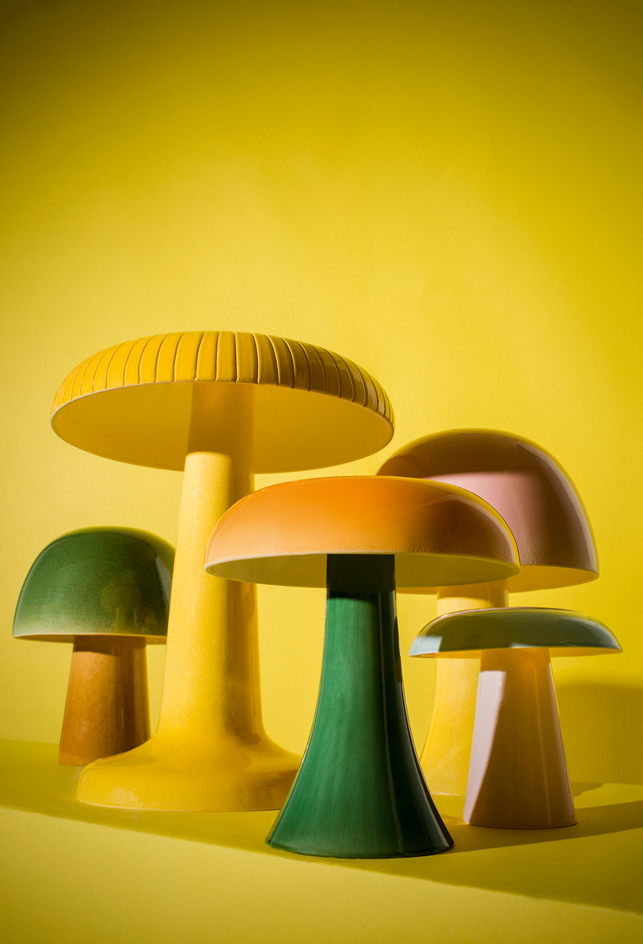
From left, Night and Day 124; 125; 143; 145; 144, 2017, all by Jos Devriendt, from Demisch Danant.
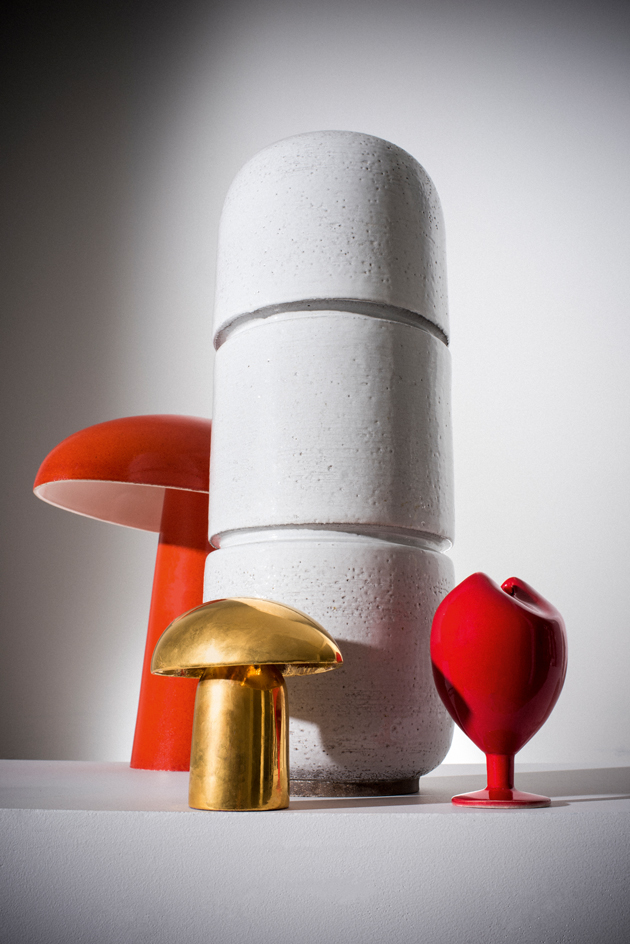
From left, Night and Day 107, 2016; Night and Day 146, 2017; Unica, 2003; Love, 1992, all by Jos Devriendt, from Demisch Danant.
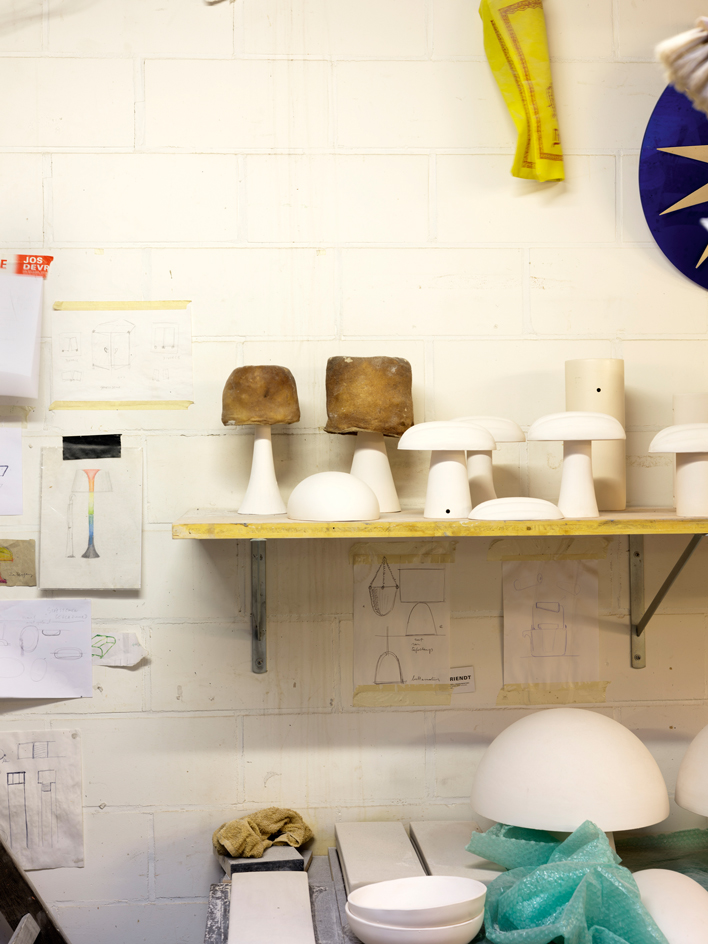
Lamps in progress amid Devriendt’s sketches on his studio wall.
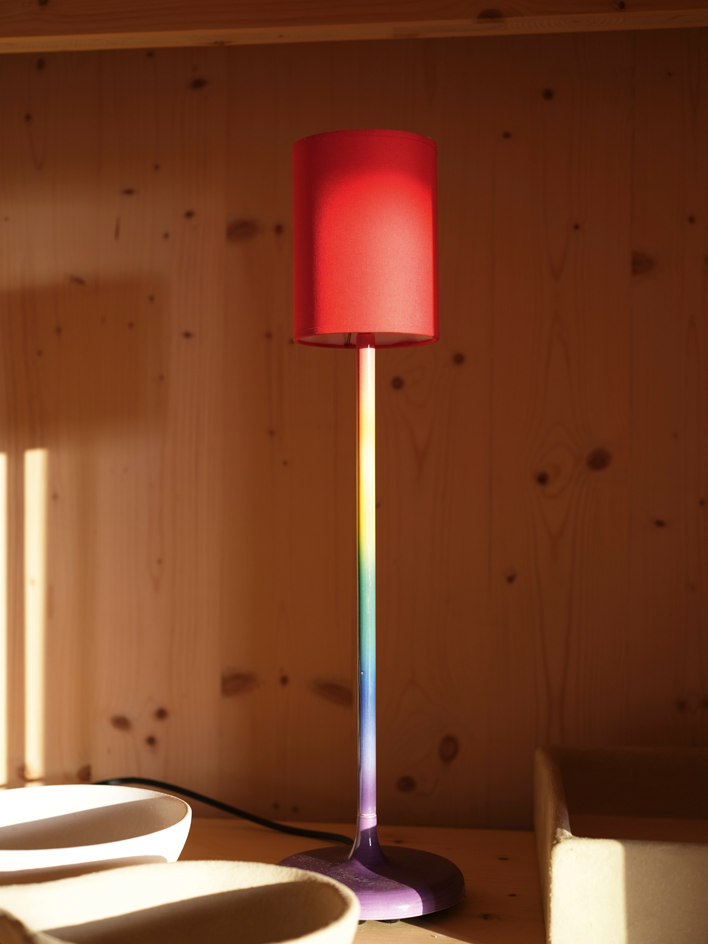
The artist’s Vertical Rainbow, 2017. New takes on the theme appear in Devriendt’s Space Horizon collection, in hues inspired by his paintings of the Ostend horizon.
INFORMATION
For more information, visit Jos Devriendt’s website
Wallpaper* Newsletter
Receive our daily digest of inspiration, escapism and design stories from around the world direct to your inbox.
Yoko Choy is the China editor at Wallpaper* magazine, where she has contributed for over a decade. Her work has also been featured in numerous Chinese and international publications. As a creative and communications consultant, Yoko has worked with renowned institutions such as Art Basel and Beijing Design Week, as well as brands such as Hermès and Assouline. With dual bases in Hong Kong and Amsterdam, Yoko is an active participant in design awards judging panels and conferences, where she shares her mission of promoting cross-cultural exchange and translating insights from both the Eastern and Western worlds into a common creative language. Yoko is currently working on several exciting projects, including a sustainable lifestyle concept and a book on Chinese contemporary design.
-
 Nikos Koulis brings a cool wearability to high jewellery
Nikos Koulis brings a cool wearability to high jewelleryNikos Koulis experiments with unusual diamond cuts and modern materials in a new collection, ‘Wish’
By Hannah Silver
-
 A Xingfa cement factory’s reimagining breathes new life into an abandoned industrial site
A Xingfa cement factory’s reimagining breathes new life into an abandoned industrial siteWe tour the Xingfa cement factory in China, where a redesign by landscape specialist SWA Group completely transforms an old industrial site into a lush park
By Daven Wu
-
 Put these emerging artists on your radar
Put these emerging artists on your radarThis crop of six new talents is poised to shake up the art world. Get to know them now
By Tianna Williams
-
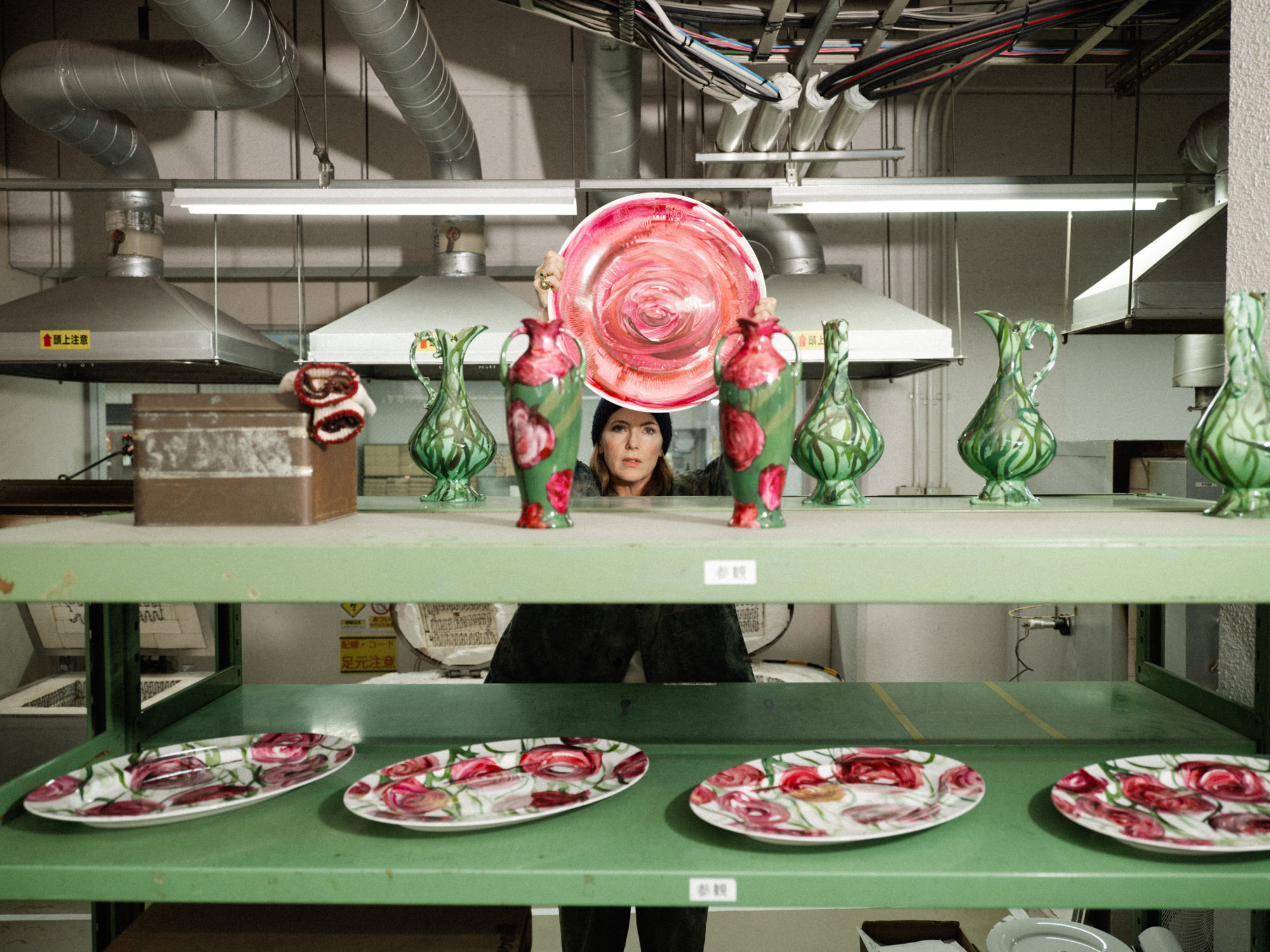 Faye Toogood comes up roses at Milan Design Week 2025
Faye Toogood comes up roses at Milan Design Week 2025Japanese ceramics specialist Noritake’s design collection blossoms with a bold floral series by Faye Toogood
By Danielle Demetriou
-
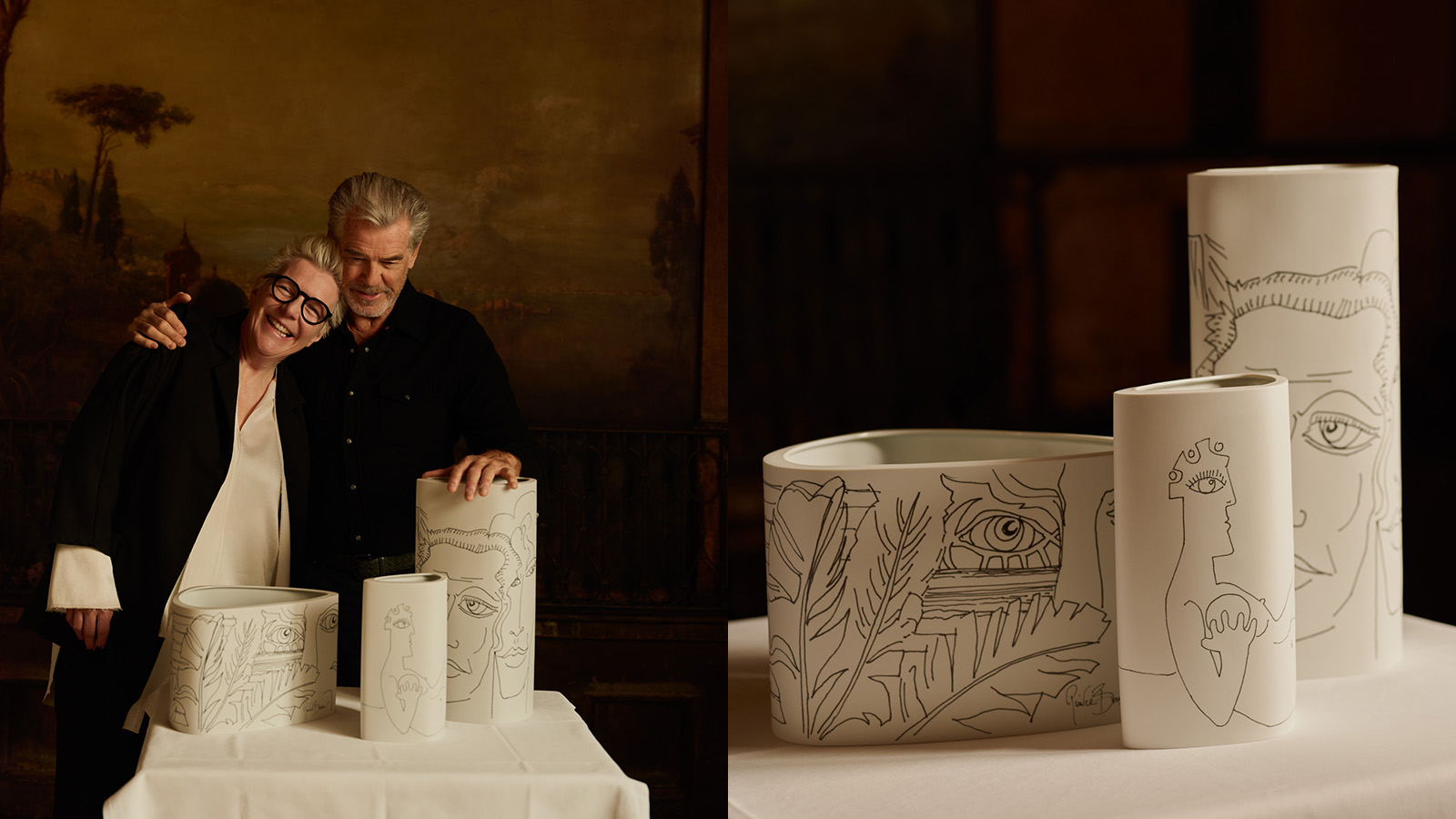 Pierce Brosnan and Hering Berlin's ceramic vases explore love, loss and renewal
Pierce Brosnan and Hering Berlin's ceramic vases explore love, loss and renewalActor and artist Pierce Brosnan translates his ‘So Many Dreams’ artworks to Hering Berlin ceramic vases in a new limited edition
By Tianna Williams
-
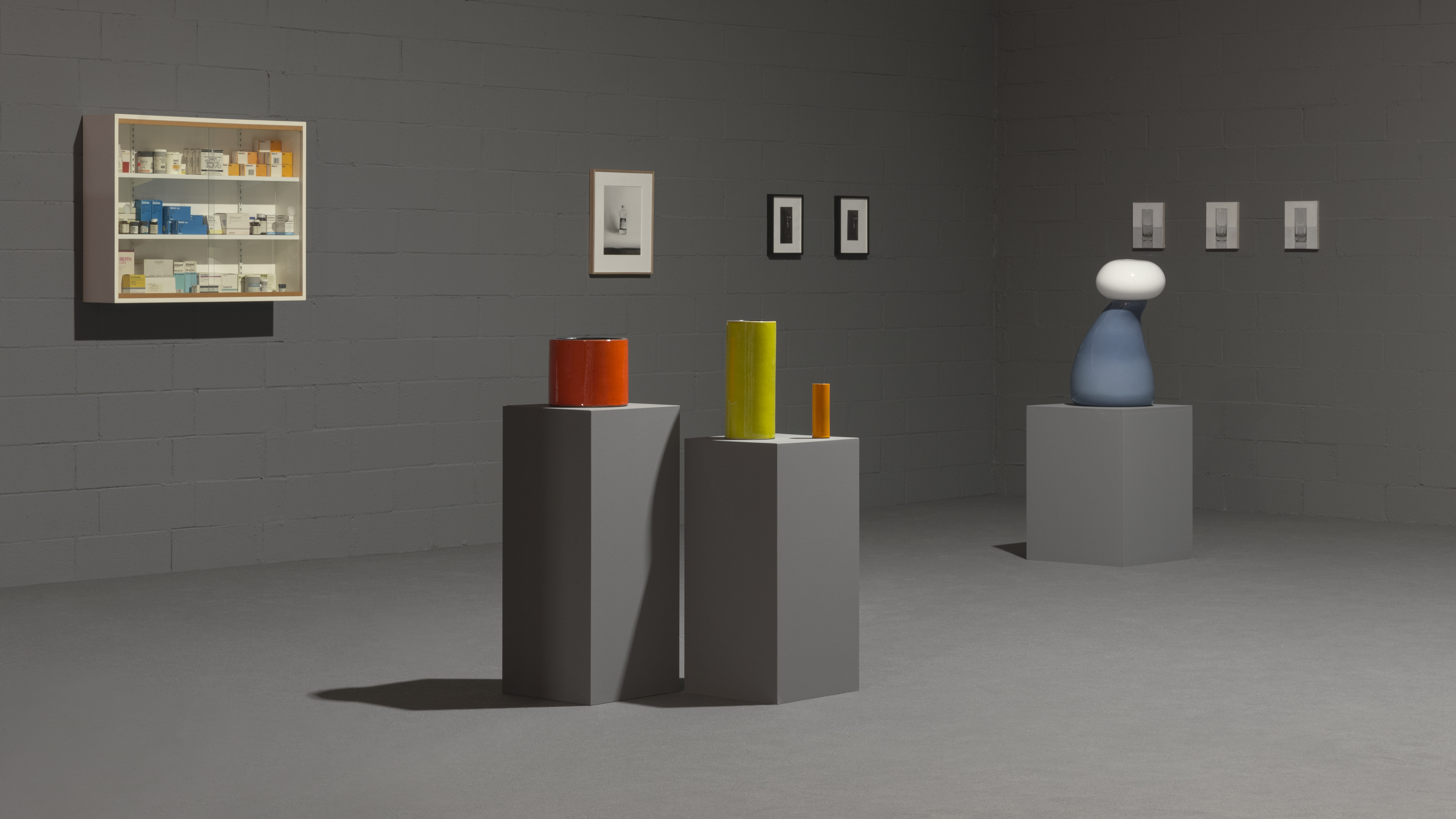 Ceramics brand Mutina stages a poetic tribute to everyday objects
Ceramics brand Mutina stages a poetic tribute to everyday objectsDesign meets art as a new Mutina exhibition in Italy reframes the beauty of domestic stillness, juxtaposing ceramics, sculpture, paintings and photography
By Laura May Todd
-
 Designer Danny Kaplan’s Manhattan showroom is also his apartment: the live-work space reimagined
Designer Danny Kaplan’s Manhattan showroom is also his apartment: the live-work space reimaginedDanny Kaplan’s Manhattan apartment is an extension of his new showroom, itself laid out like a home; he invites us in, including a first look at his private quarters
By Diana Budds
-
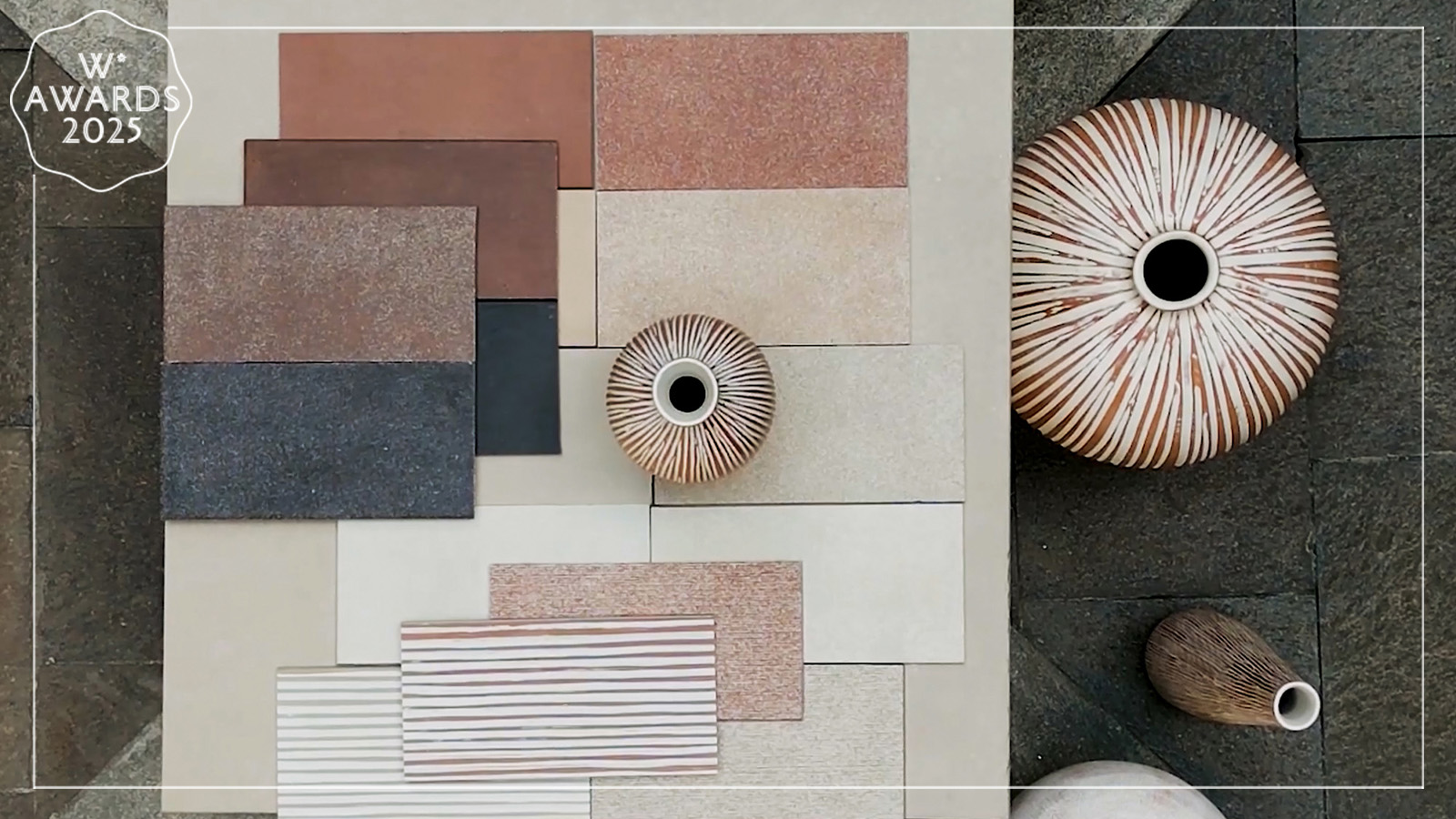 Florim’s new ceramic surface collection is an ode to tactility
Florim’s new ceramic surface collection is an ode to tactilityA primal pleasure, Matteo Thun and Benedetto Fasciana’s SensiTerre collection of ceramic flooring and cladding surfaces for Florim is a Wallpaper* Design Award winner
By Hugo Macdonald
-
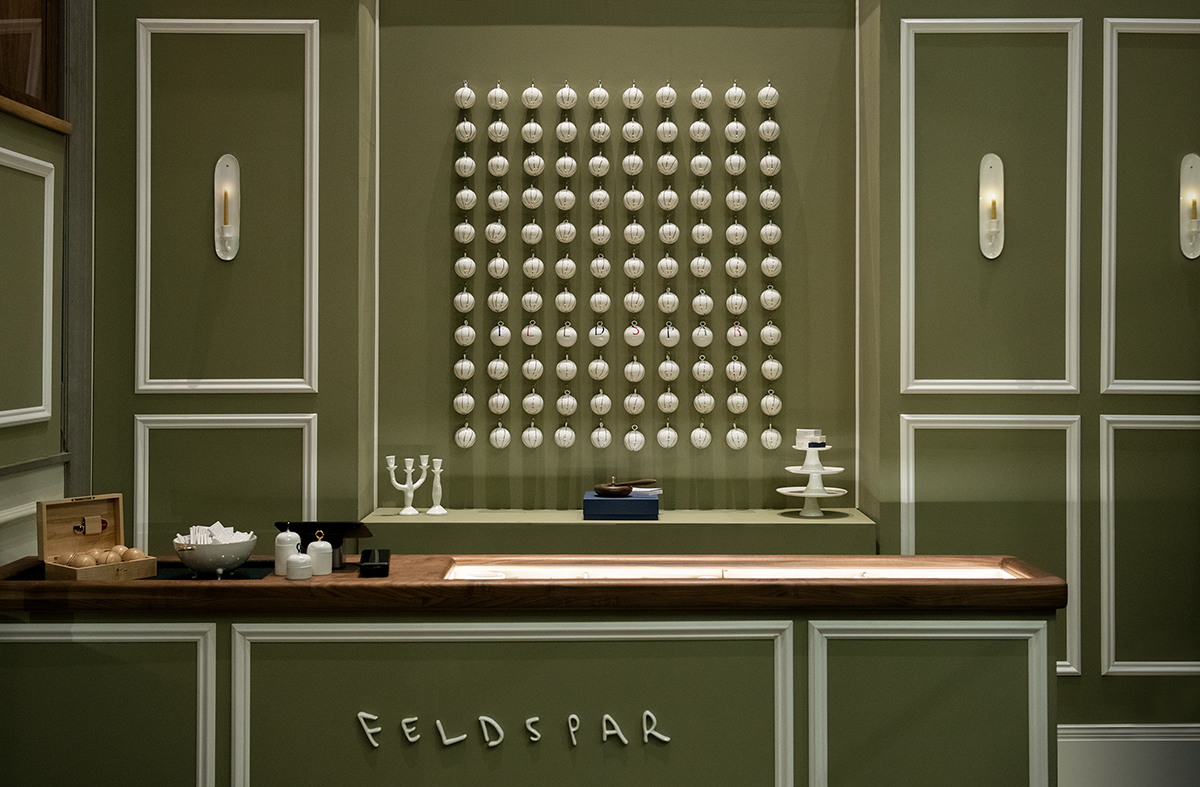 Feldspar makes its mark on Whitehall with a festive pop-up at Corinthia Hotel
Feldspar makes its mark on Whitehall with a festive pop-up at Corinthia HotelDevon-based bone china brand Feldspar makes its first foray into shopkeeping with a pop-up at London’s Corinthia Hotel. Ali Morris speaks with the founders and peeks inside
By Ali Morris
-
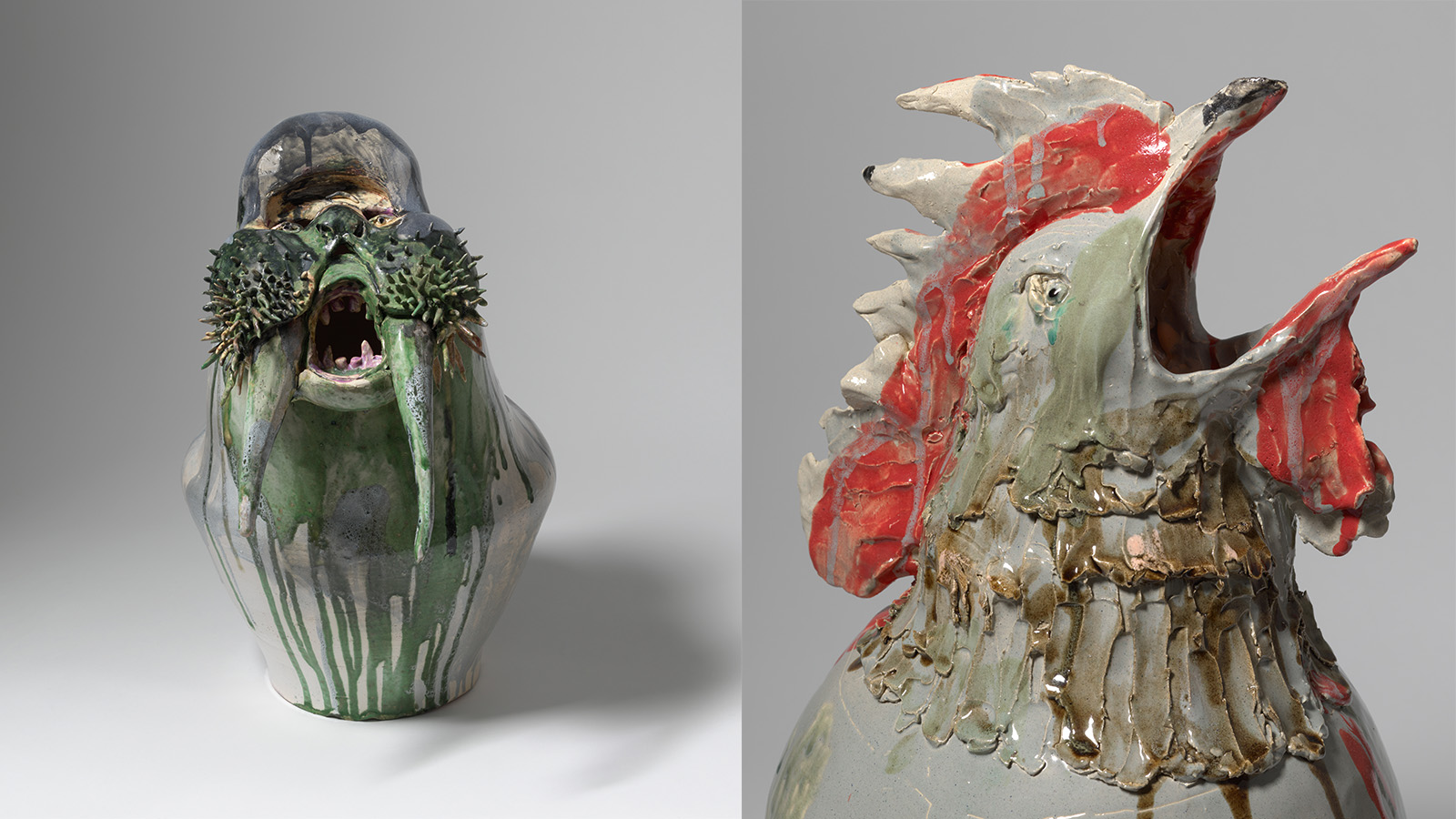 Hella Jongerius’ ‘Angry Animals’ take a humorous and poignant bite out of the climate crisis
Hella Jongerius’ ‘Angry Animals’ take a humorous and poignant bite out of the climate crisisAt Salon 94 Design in New York, Hella Jongerius presents animal ceramics, ‘Bead Tables’ and experimental ‘Textile Studies’ – three series that challenge traditional ideas about function, craft, and narrative
By Ali Morris
-
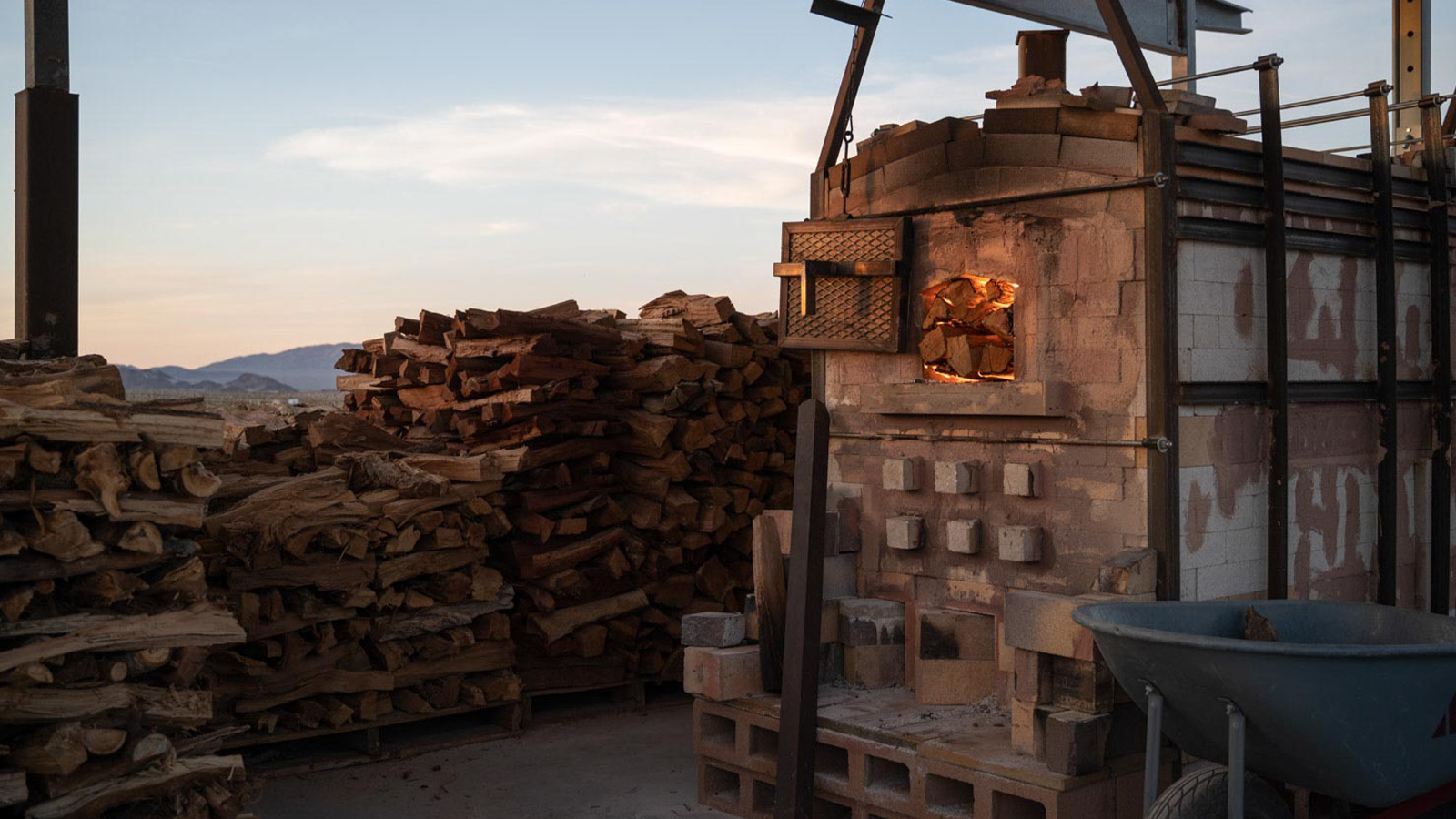 Forged in the California desert, Jonathan Cross’ brutalist ceramic sculptures go on show in NYC
Forged in the California desert, Jonathan Cross’ brutalist ceramic sculptures go on show in NYCJoshua Tree-based artist Jonathan Cross’ sci-fi-influenced works are on view at Elliott Templeton Fine Arts in New York's Chinatown
By Dan Howarth